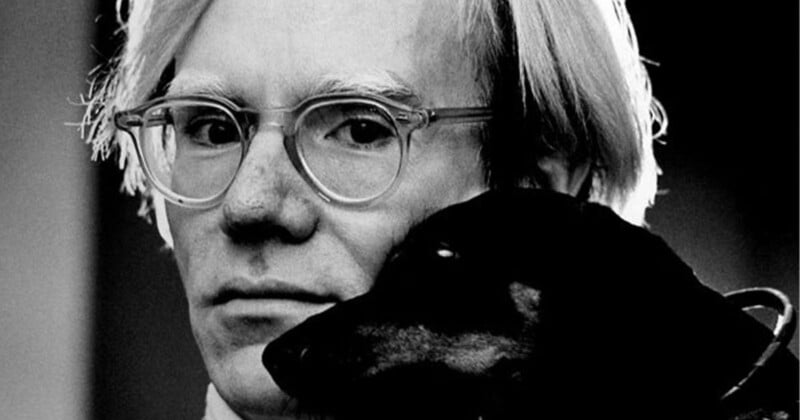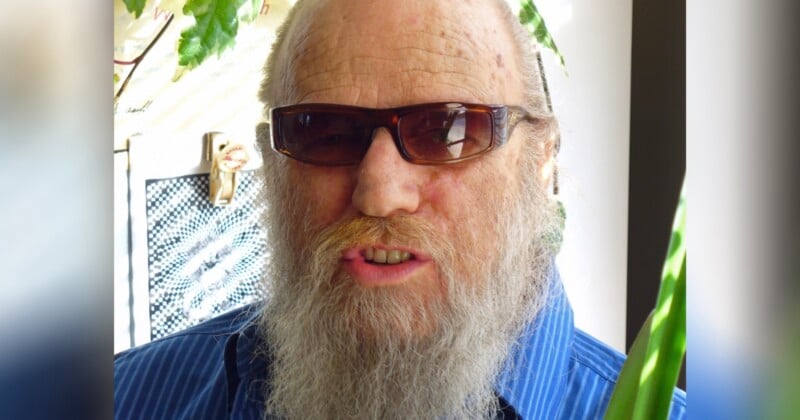Jury Trial Will Finally Decide Fate of Andy Warhol Photographer’s Estate

A trial will finally decide the long-contested fate of Billy Name’s estate, who was Andy Warhol’s photographer, including the rights to his significant archive of images.
According to a report by Times Union, the Supreme Court’s Appellate Division ordered a jury trial, which began Monday and is expected to conclude this week, to resolve the dispute over control of Billy Name’s estate and its profits.
Name — who was born William George Linich in Poughkeepsie, New York — became Warhol’s close collaborator and photographer in the 1960s. He lived in Warhol’s New York studio, the Factory, for seven years and became the artist’s in-house photographer. Using a Pentax Camera, Name captured thousands of iconic photos of Warhol, his art, and the stars who visited the Factory.
Later in life, Name returned to his hometown of Poughkeepsie. Today, his photographs of the Factory years are regarded as some of the most important visual records of Warhol and the Pop Art movement.
However, when Name died in 2016 at the age of 76, a dispute broke out over his estate, which included the rights to his valuable photographs. The New York Times obituary listed his agent Dagon James as his executor. But soon after, Name’s niece Suzette Linich presented a 2011 will naming her as executor and sole heir. The will was accepted by the court, but James countered with a newer will from 2015 that left everything to him.
The Fight for Billy Name’s Photographs
Times Union reports that the central issue is whether Name was mentally competent when he signed the 2015 will. By 2014, he was reportedly dealing with arthritis, diabetes, depression, and frequent hospital visits. Name’s family contends he was often confused and susceptible to influence, and claims that James persuaded him to exclude them. James disputes this, maintaining that Name was lucid, trusted him, and deliberately chose him to manage his legacy. The lawyer who prepared the 2015 will testified that Name clearly expressed his wish to disinherit his relatives and leave his estate to James.

The fight is also shaped by Name’s long history with agents who mishandled his work, according to Times Union. Before James, several agents had been accused of taking advantage of him and even stealing his negatives. Name’s obituary in The New York Times notes that “a large archive of his 1960s negatives disappeared several years ago and has still not been recovered.” By contrast, James published a major book of Name’s photographs, arranged exhibitions, and worked with him under a formal agreement.
In 2021, a judge sided with James and accepted the 2015 will. But in 2023, a higher court overturned that decision, ruling that a jury should decide whether Name truly had the capacity to change his will and whether James exerted undue influence. The jury trial to decide the fate of his photographic archive is now underway.
Currently, James maintains a website for Name’s estate where he promotes licenses for his photographs “for use in publications, catalogs, exhibitions, films, and commercial projects.” But Linich says that if she wins the rights to her uncle’s estate, she will create a Billy Name Museum in Poughkeepsie to honor his legacy.